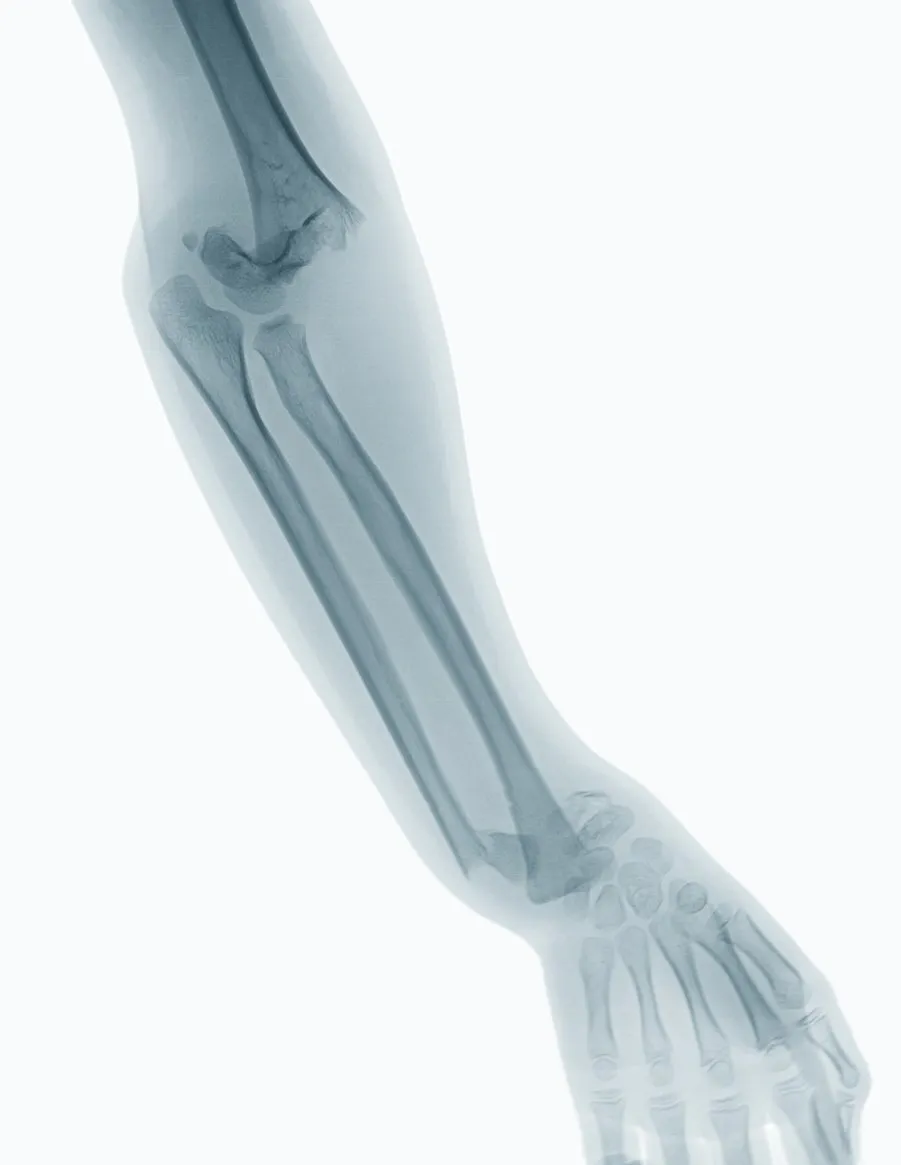WIN, LOSE OR ROLL?
- Chris Mikuta

- Dec 2, 2022
- 4 min read
So you woke up this morning, ate breakfast, went to school or work, came home, maybe did some stuff around the house, grabbed a bite to eat, and then made your way to Jiu-Jitsu class.
There are a bunch of people present at the club and the energy is high. Folks are talking, laughing or discussing current events. Then coach calls everyone to order, bows in the class and off you go.
The topic of instruction was excellent and the drilling really helped you understand the material better. The session was fun and challenging, and before you know it class is over and it's time for open mat. This is where you get to try out some of that new material on resisting opponents.
You and your training partner slap and tap to signify the beginning of the roll. You're moving around and things are going well for you. The other person is giving you some good pressure and really making you work.
Suddenly you're on the wrong end of a submission set up...no worries though right?...there's still time to try an escape...just turn this way, but...oh wait, that was wrong...you think I'll just tap out when...POP!
First you hear it, then you feel it. PAIN. Something isn't quite right anymore. Your training partner has an apologetic look on their face, kind of. You try to use the same limb that just announced its damage, but things aren't the same. All of this in just 5 to 10 seconds.
Fast forward to the next morning. You wake up and quickly realize the injury is a bit more substantial then you previously thought. Now, you're making a call to see your doctor or worse, you head to the emergency room. All the while thinking to yourself:
"What went wrong?"
"Why didn't I tap sooner?"
"How long will I be out of training?"
"Why did they go so hard with the submission?"
Those questions can go on and on. However, let's look at this for what it is. Jiu-Jitsu training teaches students how to defend themselves through the use of survival tactics and escape measures, while controlling distance and utilizing movement based options, in efforts to gain positional superiority and apply pressure, to force an opponent into a compromised situation where they are given the options to "tap, snap or nap".
As interesting or humorous as that description may be to some people, the same verbiage can be used to describe Jiu-Jitsu another way. "Jiu-Jitsu training teaches students how to attack their opponent denying the use of survival tactics and escape measures, while controlling distance and utilizing movement based options, in efforts to gain positional superiority and apply pressure, to force an opponent into a compromised situation where they are given the options to tap, snap or nap".
The first description is how a majority of students see their training. It's a means of learning how to defend themselves. To these folks the main reason to learn and train in Jiu-Jitsu is about survival. The second description is seen through the eyes of someone whose ego won't allow them to "lose", or become a victim. To them, they must "win" over the other person. So they use what they learned in a way to reach that goal.
I'm not writing this to blame or shame anyone. Mindset in training is a very real thing. People choose to train in Jiu-Jitsu for all types of reasons, and they bring whatever baggage they already have with them. So, we must constantly emphasize safe training with our students and continuously reinforce the "protect your partner program".
However, I am writing this to shine a light on a not so obvious issue that is related. When we get to the point where a submission can be applied there's essentially three stages the student needs to be aware of. First, there's the submission control stage. Here you have total control of the body part that you wish to apply the submission on. All slack has been removed and the hold is completely locked in, but no submission is being applied. Then there is the submission application stage, where you actually apply the submission up to the point before damage can be done, but not past that point, allowing the opponent to tap out. Finally, there's the submission breaking position, where the hold is used to apply damage to a joint or strangulation to the neck, regardless of whether the opponent taps or not. Here's an example of the results:
There are schools out there teaching their students to bypass the first two submission stages, and to go directly to the third one. It's also common for mma fighters to be trained in this fashion due to the nature of that sport.
To be clear, AXT JIU-JITSU IS NOT ONE OF THOSE SCHOOLS. Our students are allowed to get to the second stage only, and never to the third. In fact, our student's life needs to be in jeopardy if they're ever to utilize the third stage, and I haven't even addressed the legal issues that will be a part of this as well.
In the end, what that means is your opponent should always be given the option to tap out. The "tap out" is a built in safety measure which provides safe and continuous training for all students where longevity is paramount. When people get seriously injured their training is put on hold or ended, which is not the result anyone is looking for.
I'll end this blog with an image which speaks volumes and is why I take this stance so seriously. Don't use what you learn to injure your training partners. Period! Otherwise, you'll quickly run out of them. Food for thought.
Coach Chris
AXT Jiu-Jitsu
Learn. Drill. Roll. TRANSFORM!
-01.png)






Comments